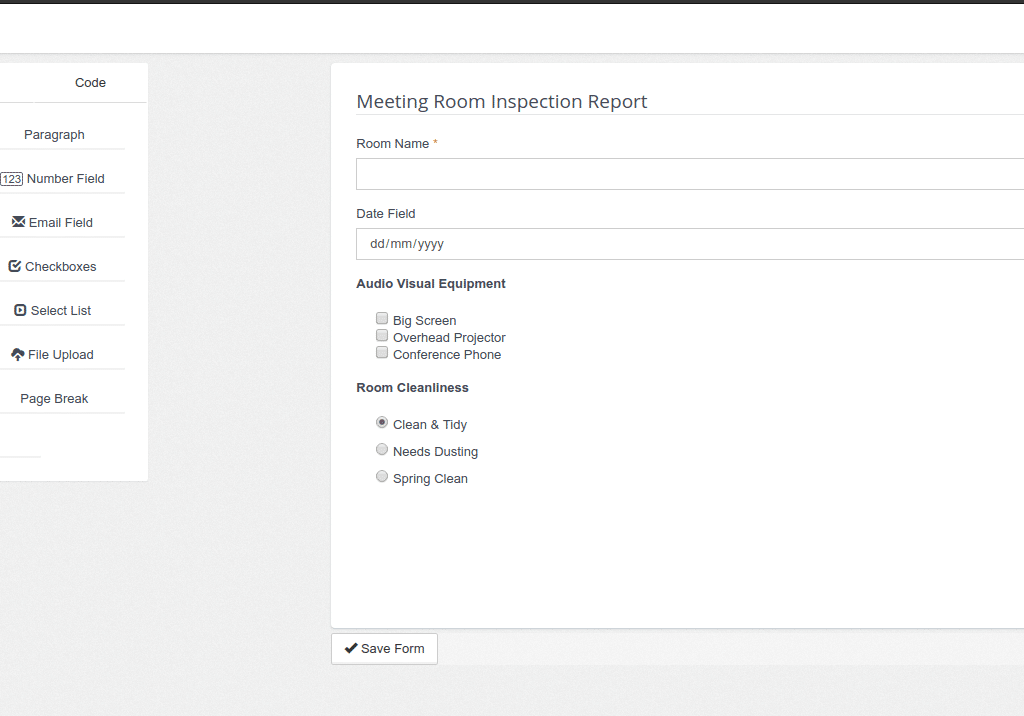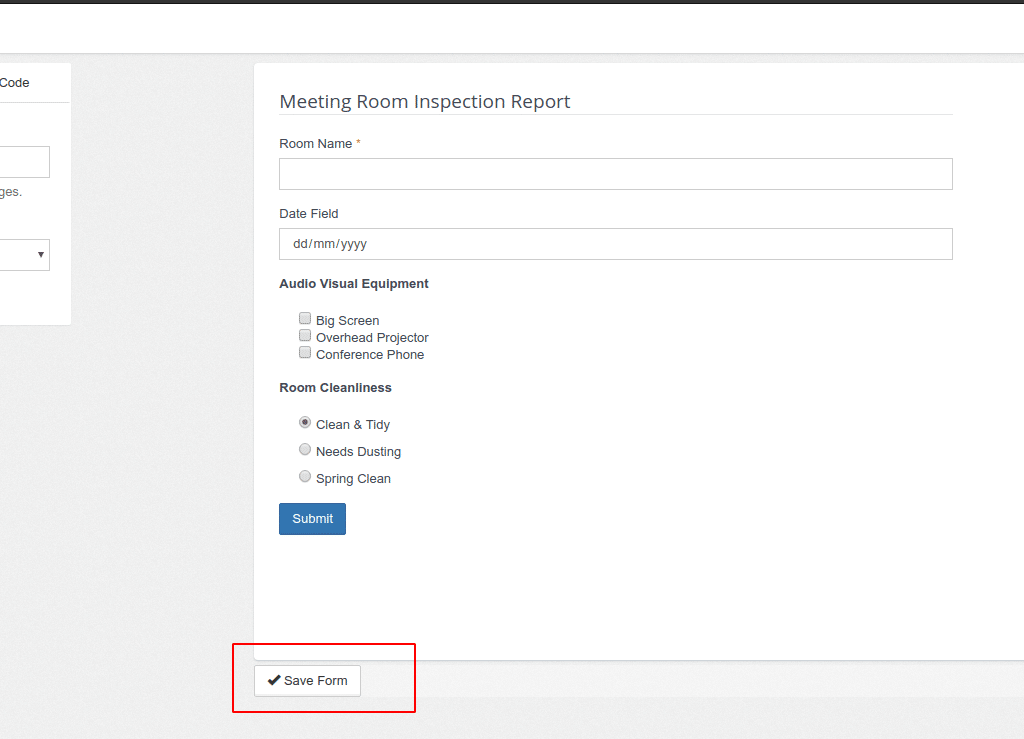There has been much hype down the years regarding whether management is art or science. Thankfully, where people are concerned the pendulum has swung away from standard times in sweatshops in the west. However, when it comes to measuring physical things like harvest per square meter and the amount of energy consumed there is no substitute for scientific measurement, and this implies a system.
Managing energy cost and consumption down is like any other strategy. American engineer / statistician / management consultant W. Edwards Demming may have passed on in 1993. However he was as right as ever when he said:
- When people and organizations focus primarily on quality, this tends to increase and costs fall over time.
- However, when people and organizations focus primarily on costs, costs tend to rise and quality declines over time.
Demming believed that 90% of organizational problems arise from systems we put in place ourselves. This can be because we are so accustomed to them that we fail to notice when they are no longer relevant. The currently prevailing laissez faire towards energy is a case in point. What is managed improves and what is not, deteriorates. We know this. Let us take a look at how to apply this principle to energy management.
First, you need to get the subject out the closet and talk about it. How often do you do this is your boardroom, and how does energy rank against other priorities? Good governance is about taking up a position and following through on it. Here is a handy checklist you may like to use.
- Do we use a consistent language when we talk about energy? Is it electricity, or carbon emitted (or are we merely fretting over cost).
- How well engaged are we as a company? Looking up and down and across the organization are there points where responsibility stops.
- How well have we defined accountability? Do we agree on key performance areas and how to report on them.
- Are we measuring energy use at each point of the business? When did we last challenge the assumption that ?we’re doing okay?.
- Have we articulated our belief that quality is endless improvement, or are we simply chasing targets because someone says we should.
A management system is a program of policies, processes and methods to ensure achievement of goals. The next blog focuses on tools and techniques that support this effort.


